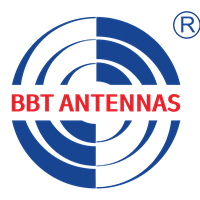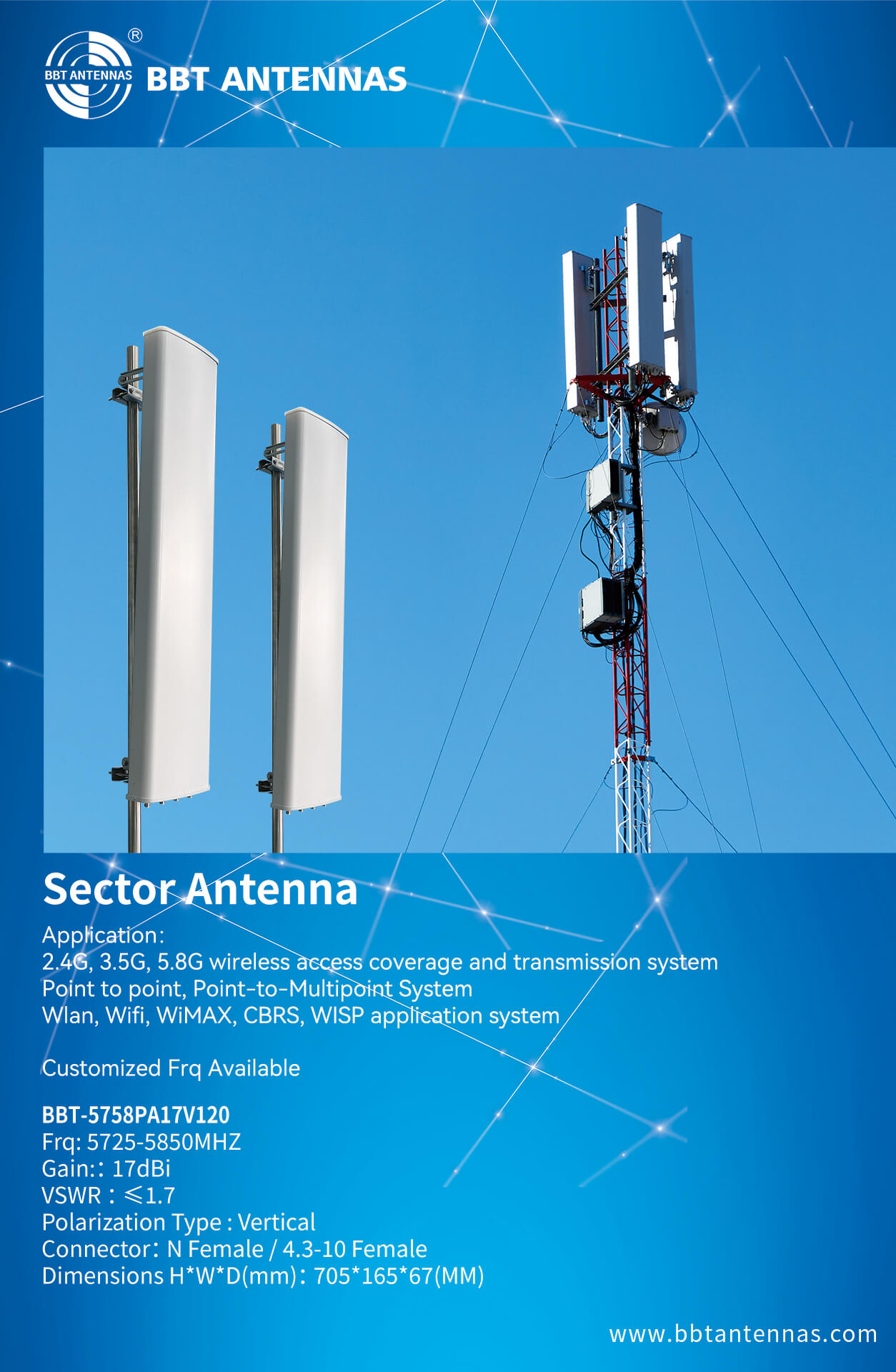Multiple-Input Multiple-Output (MIMO technology) has become a cornerstone of modern wireless communication systems, dramatically improving speed, reliability, and data efficiency. MIMO antennas, especially MIMO sector antennas, are key components in enabling high-capacity wireless MIMO networks by using multiple antennas at both the transmitter and receiver ends. This article explores what a MIMO antenna is, how MIMO antenna systems operate, and why MIMO antenna technology is shaping the future of wireless connectivity.
What Are MIMO Sector Antennas?
MIMO sector antennas are specialized antenna MIMO designs that support MIMO smart antenna technology by transmitting and receiving multiple data streams at the same time. This multi-antenna technology allows for greater spectral efficiency and throughput compared to single-input systems, forming the basis of modern LTE and 5G networks. This configuration allows for the transmission of multiple data streams over the same frequency channel, effectively increasing data throughput and improving signal quality.
MIMO technology leverages multipath propagation—where reflected signals arrive at the receiver via multiple paths—to enhance communication reliability and capacity. Modern MIMO antenna systems use multiple transmission and reception points to combine signals intelligently, improving performance in environments such as LTE base stations and 5G towers. This capability underscores the growing relevance of sector antenna technology in today's high-demand wireless environments. MIMO systems can take advantage of these reflections by using many antennas to combine signals received at slightly different times, thereby improving overall performance. This capability is particularly beneficial in urban environments where obstacles can degrade signal quality.
Key Features of MIMO Sector Antennas
MIMO antennas—particularly MIMO sector antennas—are characterized by several advanced features that make them vital in wireless MIMO networks and the evolving multi-technology antenna market:
- Increased Data Rates: By allowing multiple data streams to be transmitted simultaneously, MIMO antenna systems achieve much higher throughput compared to traditional single-antenna designs. This is a defining advantage of MIMO antenna technology in LTE and next-generation 5G deployments.
- Improved Signal Quality: The use of multiple antennas helps mitigate issues related to multipath fading, enhancing the reliability and quality of the received signal.
- Extended Coverage Area: MIMO sector antennas can provide broader coverage by directing signals toward specific user locations, ensuring that more users can connect effectively even in challenging environments.
- Spatial Diversity: The deployment of multiple antennas in a MIMO antenna system enables spatial diversity, reducing the risk of interference and improving link stability. Such multi-technology antennas are crucial in dense urban areas where signal reflection and interference are common.
- Flexibility in Design: MIMO sector antennas come in various configurations (e.g., 2x2, 4x4), allowing for tailored solutions based on specific application requirements.
Applications of MIMO Antenna Technology
The versatility of MIMO antennas extends across diverse industries and network infrastructures. From wireless MIMO systems to LTE MIMO deployments, multi-antenna technology supports faster, smarter, and more reliable communication networks worldwide.
1. Wireless Communication Systems
MIMO antennas form the backbone of modern wireless communication systems, powering LTE MIMO and wireless MIMO networks. They enhance data rates and network efficiency in both Wi-Fi and cellular infrastructures, representing the most significant evolution in multi-antenna technology over the past decade.
Wi-Fi Networks: In Wi-Fi routers and access points, MIMO technology enhances data rates and coverage, improving the user experience in homes and businesses.
Cellular Networks: Used extensively in 4G LTE and 5G networks, MIMO antennas facilitate faster internet speeds and better call quality by increasing network capacity.
2. Internet of Things (IoT)
In IoT and smart device ecosystems, MIMO antenna systems support multiple simultaneous data streams, ensuring reliable communication between connected devices. This highlights how MIMO smart antenna technology can enhance performance in smart cities, autonomous vehicles, and industrial IoT networks. This capability is crucial for smart homes and cities where numerous devices require reliable connectivity.
3. Smart Homes and Buildings
MIMO technology enhances communication between devices in smart homes by connecting various systems such as lighting controls, security cameras, and HVAC systems. This integration enables seamless remote control and monitoring through smartphones or centralized hubs.
4. Industrial Applications
MIMO antennas play a key role in industrial automation, enabling real-time monitoring and predictive maintenance. Through advanced MIMO antenna technology, factories can achieve ultra-reliable low-latency communication, ensuring seamless machine-to-machine data exchange under multi-technology antenna infrastructures.
Recommended Product: BBT MIMO Sector Antenna
As wireless connectivity evolves, advanced MIMO antenna systems have become essential. BBT's MIMO sector antennas deliver powerful performance with optimized gain and signal stability. As a trusted MIMO antenna provider, we specialize in MIMO antenna solutions that integrate seamlessly into LTE MIMO and wireless MIMO networks, ensuring consistent results in demanding environments. These technologies enhance data throughput and improve signal quality and coverage area across various applications.
For organizations seeking reliable performance in their wireless networks, we recommend considering our BBT MIMO Sector Antenna. Here are the key features of our products:
- High Gain: BBT MIMO Sector Antennas are engineered to provide high gain, ensuring robust signal strength and improved data transmission over long distances.
- Broad Beam Width: The antennas feature a broad beam width, allowing for extensive coverage areas and the ability to serve multiple users simultaneously.
- Strong Anti-Interference Capability: Each antenna has strong anti-interference abilities, which help maintain stable and reliable connections even in challenging environments.
- Versatile Applications: The BBT MIMO sector antennas are designed for various multi-technology antenna markets, including 2.4G and 3.8G wireless access, WLAN, Wi-Fi, and WIMAX. Whether for sector antenna technology or point-to-multipoint configurations, these solutions are optimized for high gain and low interference.
By integrating our BBT MIMO sector antennas into your network infrastructure, you can ensure robust performance that meets the demands of modern communication technologies while enhancing connectivity across diverse environments.
Conclusion
As wireless communication continues to evolve through 5G and beyond, MIMO technology will remain the backbone of high-capacity networks. By investing in advanced MIMO antenna technology, organizations can future-proof their systems for upcoming multi-antenna technology innovations. Partner with BBT to access cutting-edge MIMO antenna systems that redefine connectivity performance and efficiency.

